GATEOFWISE.COM
How two Stanford-trained innovators built one of the world’s most inclusive blockchain ecosystems
Seoul, South Korea The stage was modest, the mood electric. Hundreds of pioneers the devoted early adopters of Pi Network leaned forward as Dr. Nicolas Kokkalis and Dr. Chengdiao Fan (Cfan), the co-founders of Pi, shared their journey. Their conversation wasn’t just about technology. It was about vision, setbacks, resilience, and a global community now numbering in the tens of millions.
The Humble Beginnings
Before Pi became a household name among crypto enthusiasts, it was just an idea carried by two academics. Nicolas smiled as he recalled their first attempt at outreach:
“We started Pi more than seven years ago. Back then, our dream was simple make blockchain accessible to everyone. Our first milestone was to recruit 100 pioneers in a shopping mall. We only managed 54. Not even close.”
That moment, though small in numbers, was monumental in insight. The rejections taught them what people really wanted simplicity, fairness, and a sense of belonging in a digital movement.
The Leap from Dream to Reality
Today, Pi Network is hardly a small experiment. With over 60 million engaged pioneers worldwide, 350,000+ active nodes, and 14 million KYC-verified members, Pi has become the largest verified blockchain community in existence.
For Nicolas, the turning point came when the infrastructure buckled under Pi’s meteoric rise.
“There were mornings I’d wake up to frantic messages the app was down, servers overwhelmed. We had no idea growth would be this fast. It was chaotic, but it proved Pi was solving a real need.”
Utility as the Guiding Star
Unlike many crypto projects that raced to list on exchanges, Pi took a slower, steadier path. Cfan explained why:
“Our goal was never speculation. Pi had to be useful. From the beginning, we built for everyday people. Real-world use cases. Products people could touch, use, and rely on.”
That philosophy birthed the Pi App Studio, an AI-powered platform allowing even non-technical pioneers to create apps. Thousands have already been launched, ranging from small e-commerce shops in Canada to digital service platforms across Asia.
The message is clear: Pi isn’t just building a currency it’s building an economy.
Innovation Through Inclusion
At the heart of Pi’s mission is inclusion.
- For developers, Pi provides easy-to-use tools and a built-in user base.
- For merchants, Pi offers a new way to engage local and global markets.
- For users, it delivers financial empowerment and participation in the digital economy.
Cfan put it bluntly:
“Value creation is harder than value extraction. Anyone can issue a token. But building systems that solve human needs? That’s where innovation lives.”
KYC: A Challenge and a Breakthrough
One of Pi’s biggest hurdles was identity verification. Third-party KYC providers charged high fees and excluded millions. Instead of outsourcing, Pi built its own.
The result? Over 14 million verified pioneers without cost to the user. Nicolas called it “the largest grassroots identity verification effort in blockchain.”
Critics doubted it would work. But for Pi, it became proof that their “people-first” approach wasn’t just idealism it was execution.
AI and Web3: The Next Frontier
Looking ahead, Pi is betting on the convergence of AI and blockchain. Cfan sees AI not as a buzzword, but as a multiplier:
“The next wave of apps will be smarter, more personal, and more useful. Why build yesterday’s internet on blockchain, when we can build tomorrow’s AI-powered apps? That’s where Pi is headed.”
This vision places Pi at the crossroads of two technological revolutions and pioneers at the center of it.
The Community That Built Pi
For all their talk of technology, both founders returned again and again to one theme: community.
“Every pioneer matters,” Nicolas emphasized. “It’s not just about 60 million people. It’s about a culture of collaboration. Developers, entrepreneurs, users all contributing to something bigger than themselves.”
In Pi’s world, utility isn’t handed down by executives. It’s built collectively by shopkeepers in Seoul, developers in Lagos, students in São Paulo, and farmers in rural India.
A Movement, Not Just a Token
As the session drew to a close, Cfan left the crowd with a reflection that captured the essence of Pi:
“Long-term value creation is difficult, but it’s the only path worth taking. Pi is not about quick wins. It’s about solving real problems for real people, together.”
From a booth in a shopping mall to a stage in Seoul and from 54 early adopters to 60 million pioneers Pi Network’s story is far from over. If anything, it has just begun.









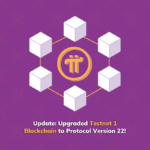
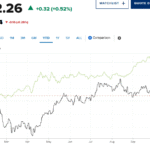

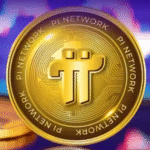

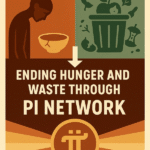
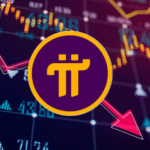


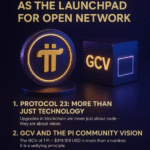
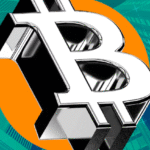



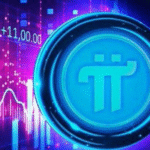
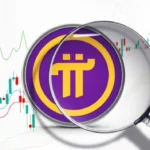


398vm3